- Home
- >
- Exhibition
- >
- Past Exhibition
- >
- History and Folklore of Musashino: From the Collection of the Former Musashino Folklore Museum
History and Folklore of Musashino: From the Collection of the Former Musashino Folklore Museum
![Photo [Top]: Koganei Park Opening Ceremony and Musashino Folklore Museum Opening Commemorative Tree Planting Festival, Venue Entrance, April 1954 [Bottom]: Preparations Underway for the Opening of the Musashino Folklore Museum, 1952](../../../special/images/2024/20241005_eye_english.jpg)
Photo [Top]: Koganei Park Opening Ceremony and Musashino Folklore Museum Opening Commemorative Tree Planting Festival, Venue Entrance, April 1954
[Bottom]: Preparations Underway for the Opening of the Musashino Folklore Museum, 1952
- ■ Exhibition Period:
- October 5 (Sat.) to December 15 (Sun.), 2024
- ■ Venue:
- Edo-Tokyo Open Air Architectural Museum Exhibition Room〈Location〉
- ■ Museum Hours:
- 9:30 AM to 4:30 PM (Admission until 4:00 PM)
- ■ Museum Closures:
- Every Monday (When Monday is a national holiday, closed on the following day)
- ■ Organizers:
- Tokyo Metropolitan Government, Tokyo Metropolitan Foundation for History and Culture Edo-Tokyo Open Air Architectural Museum
- ■ Admission Fee:
- The Edo-Tokyo Open Air Architectural Museum admission fee applies for this exhibition.〈Admission Fee〉
History and Folklore of Musashino: From the Collection of the Former Musashino Folklore Museum
The Musashino Folklore Museum, the predecessor to the Edo-Tokyo Open Air Architectural Museum, first opened its doors seventy years ago on January 14, 1954. At the time, the museum carried out excavations at sites not just in Tokyo but throughout the Kanto region, and the unearthed artifacts were showcased to the public. The museum also worked on gathering materials on Musashino's folk traditions, which were then displayed, preserved, and studied. In addition, in the outdoor exhibit known as the "Folk Garden," the museum reconstructed pit dwellings, displayed scale models of ancient tombs, and relocated and preserved valuable buildings that were at risk of being lost due to road construction and other developments. When the museum closed its doors in 1991 with much regret, some of its valuable materials were handed over to this museum and remain preserved here to this day. In this exhibition, we will showcase the history of the Folklore Museum through printed materials and other publications it issued over the years. We will also explore Musashino's archaeology, industries, and folk culture by showcasing selected items from the museum's collection. We hope that through these displays, you can take a moment to reflect on the once vibrant Folklore Museum.
Exhibition Overview
Prologue◆Evolution of the Musashino Folklore Museum
The history of the Musashino Folklore Museum begins on November 17, 1934, with the opening of the Tokyo Local History Museum in Arisugawa-no-miya Memorial Park. In 1948, the museum was moved to Inokashira Park and renamed the Musashino Museum. Then, in 1954, it was relocated again to Koganei Park and reopened as the Musashino Folklore Museum. It remained a beloved history museum in Tokyo for many years until its closure in 1991. This chapter presents the history of the Musashino Folklore Museum through brochures and other materials from each of its facilities.
Chapter1◆Archaeology of Musashino
The Musashino Folklore Museum, from its days as the Musashino Museum, carried out many notable archaeological excavations that have left a mark on post-war archaeology. The excavations were carried out not only within Tokyo but across the entire Kanto region, and the collected artifacts provide a comprehensive narrative from the Paleolithic era to the modern period in Musashino. In this exhibition, we will present artifacts recovered from notable ruins ranging from the Paleolithic era to ancient times.
Chapter2◆Industries of Musashino
The Musashino Folklore Museum displayed a broad collection of items related to Musashino’s industries, including agricultural equipment, sericulture tools, and shop signs, to highlight the evolution of local industries. In this exhibition, we will showcase tools and photographic materials from our collection that are related to seaweed fishing, which was once thriving in Tokyo Bay, agriculture practiced in various regions, and sericulture, which was often practiced alongside farming.
Chapter3◆Folklore of Musashino
The Musashino Folklore Museum’s collection of folk materials encompassed a diverse array of objects, including clay dolls, Daruma dolls, votive plaques, and regional toys. The collection also included everyday necessities and local toys featuring frog designs, among others. A large collection of votive plaques at the museum came from Tangen Inamura, who was engaged in cultural property surveys in Tokyo and Saitama Prefecture. In this exhibition, we will primarily feature clay dolls and votive plaques from our extensive collection of folk materials.
Epilogue◆From the "Folk Garden" to the Open Air Architectural Museum
The "Visitor Center" at our museum was a facility for displaying various materials during the time of the Folklore Museum. In addition to indoor exhibitions, it also featured outdoor displays as part of the "Folk Garden." Within the park, the "Ancient Village" area featured displays such as reconstructed pit dwellings, scale models of keyhole-shaped ancient tombs, and stilt warehouses. In addition, the "Edo Village" included relocated structures such as the Farmhouse of the Yoshino Family, Gate of the Date Family Residence, Kagiya, and the Farmhouse of the Tenmyo Family, all of which still exist in the current museum, while the "Ancient Village" featured a relocated Elevated Granary from Amami-Oshima Island. In this chapter, we will explore the appearance of six reconstructed buildings during their time in the "Folk Garden," including the former Kokaden Palace (now the Visitor Center) which functioned as an indoor exhibition hall.
![Clay Earrings, from Shimofuda Ruins, Chofu City, Final Jomon Period[nationally designated important cultural property]](../../../special/images/2024/20241005_img_01.png) Clay Earrings, from Shimofuda Ruins, Chofu City, Final Jomon Period
Clay Earrings, from Shimofuda Ruins, Chofu City, Final Jomon Period
[nationally designated important cultural property]
 Sword-Shaped Haniwa (Terracotta Tomb Figurine), from Kannonzuka Burial Mound, Ota City, Late Kofun Period
Sword-Shaped Haniwa (Terracotta Tomb Figurine), from Kannonzuka Burial Mound, Ota City, Late Kofun Period
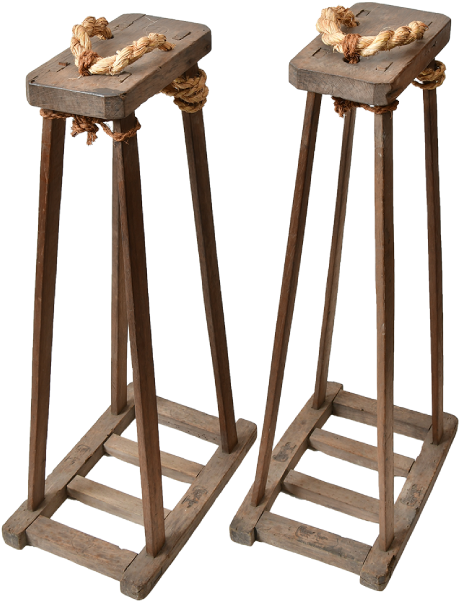 Nori Geta (Stilts Used by Seaweed Farmers), Showa Period
Nori Geta (Stilts Used by Seaweed Farmers), Showa Period
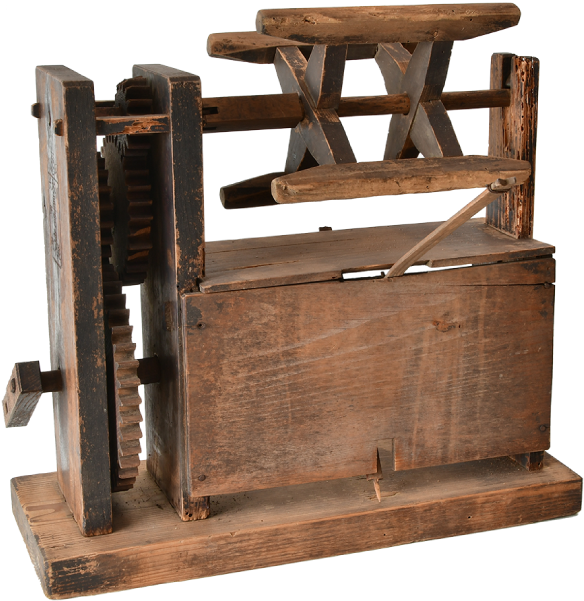 Horizontal Hand Filature, Showa Period
Horizontal Hand Filature, Showa Period
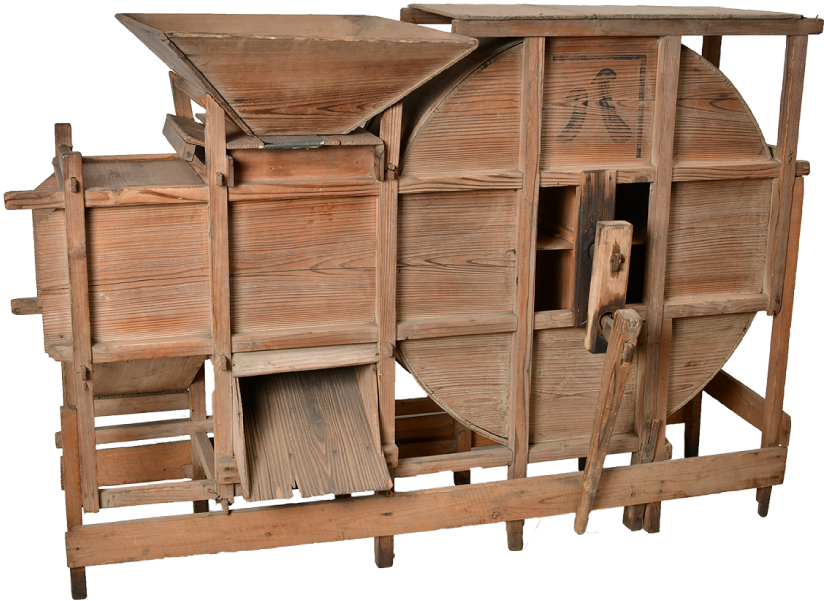 Tomi (Grain Sorting Machine), Showa Period
Tomi (Grain Sorting Machine), Showa Period
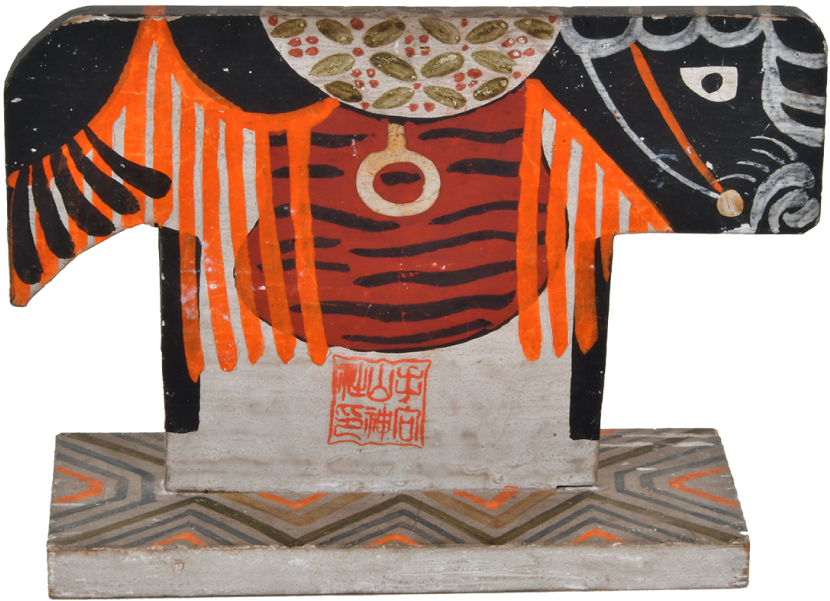 Itatateuma (Wooden Plaques with Horse Drawings) of Tamukeyama Hachiman Shrine, Taisho to Showa Period
Itatateuma (Wooden Plaques with Horse Drawings) of Tamukeyama Hachiman Shrine, Taisho to Showa Period
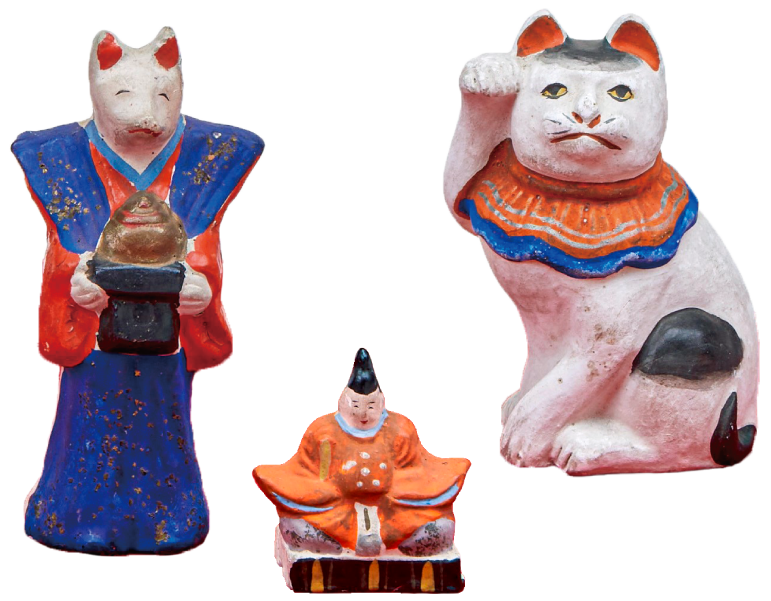 Imado Doll
Imado Doll
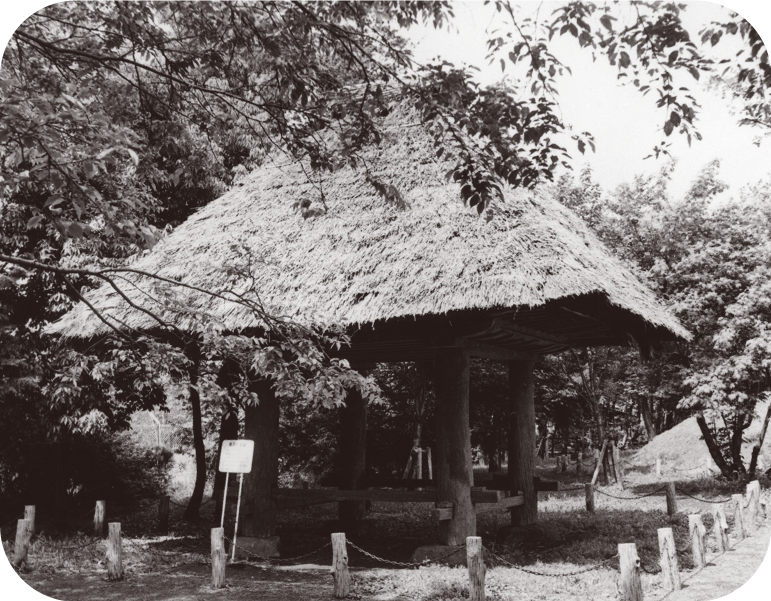 Elevated Granary from Amami-Oshima Island, Showa Period
Elevated Granary from Amami-Oshima Island, Showa Period
All from the collection of the Edo-Tokyo Open Air Architectural Museum
Related Events
- Museum Talks
Highlights of “Special Exhibition: History and Folklore of Musashino” *With sign language interpretation (Japanese) - (1) October 26 (Sat.) (2) November 23 (Sat., national holiday) Time: From 2:30 PM
- Location: Exhibition Room
- Lecture
”Memories of the Musashino Folklore Museum” - Date and Time: November 3 (Sun., national holiday) 2:00 PM to 3:00 PM *Registration open from 1:30 PM
- Location: Multipurpose Hall, Visitor Center
- Capacity: 70 persons (first-come basis)
- Lecturer: Isao Kato (Managing Director of Musashino Cultural Association, Former Researcher at Musashino Folklore Museum)
- ※admission free
© EDO-TOKYO OPEN AIR ARCHITECTURAL MUSEUM All rights reserved.
























